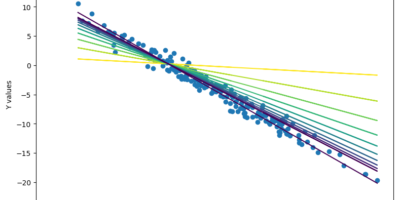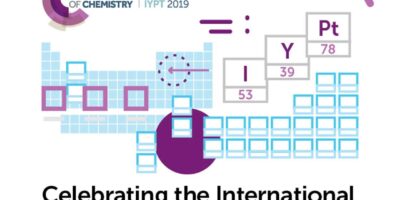If climate change turns much of the arable land into desert, at least we’ll still be able to have salad.
In Japan, a plant physiologist named Shigeharu Shimamura has created the world’s largest indoor farm inside of a former Sony corporation semiconductor factory. The 25,000 square foot factory opened in July, 2014, and is now producing 10,000 heads of lettuce per day.
Everything – temperature, humidity, irrigation – is highly controlled by computerized systems. Plants are not grown in soil, but instead given a special mixture of fertilizers and nutrients, and water directly. As a result water use is reduced to as much as 1% of the amount needed by outdoor farms. LED lights made by GE allow the farmer to regulate night-and-day cycles and to promote optimal plant growth by setting the specific wavelengths of light. LEDs last longer and are up to 40% more efficient than fluorescent lights, which helps reduce the cost of electricity. According to Shimamura, lettuce in the farm matures two and a half times faster than it would on a regular farm, and only has 10% food waste, a reduction from the 50% food waste of a conventional farm.
The indoor facility isn’t unique though. Fujitsu, Toshiba, Panasonic, and Sharp have all opened factories of their own. Fujitsu grows lettuce in a former chip factory in Fukushima, Japan (60 miles from the site of the nuclear leak). Similarly, Toshiba has turned a former floppy disk factory 35 miles outside of Tokyo, into a farm growing a variety of leafy greens, including endive, spinach, and of course lettuce among other things. In Singapore, Panasonic has started growing Japanese vegetables that normally couldn’t survive in Singapore’s tropical climate inside of a factory, and in Dubai, Sharp has opened a strawberry plant.
While it may seem a leap to go from computer chips to lettuce, in effect the companies already produce much of the technology needed for the farms. For example, Toshiba makes the lighting, power generation equipment, water disinfection technology, and even the tablets that the workers use to control the systems. Likewise, Sharp produces the LED’s, and equipment for monitoring air quality, temperature and humidity in its farm, and Fujitsu uses proprietary cloud computing software to manage the computerized control systems.
Even the clean room environment is beneficial, as it essentially eliminates the need for pesticides. The vegetables are free of bugs, contaminants, and even bacteria. Lettuce grown in a clean room can last up to two months with proper refrigeration.
With precise control of the systems, crops can be fine-tuned: Fujitsu specially grows lettuce to have low potassium; about 100 micrograms as opposed to the 490 micrograms that lettuce usually has, making it accessible to people with chronic kidney disease who cannot tolerate much potassium.
Currently, the vegetables are a little more expensive than the standard farmed vegetables; however with expansion they could become significantly cheaper. For instance, Fujitsu’s lettuce costs about $1 more than standard lettuce. Essentially, the costs of opening a factory along with the costs associated with running it (including electricity and synthetic pollination) drive up the price.
While the industry is currently quite small, it is expanding rapidly. Panasonic set a goal of producing 5% of locally produced vegetables in Singapore by 2017. It may not be the end of the world’s food supply problems, but it is definitely a step in the right direction, towards healthy, sustainable, and energy efficient food production. With climate change becoming an increasing concern, indoor farms may be the way of the future.




Leave a Reply